National parks in the US are amazing places that everyone can visit. They’re places where we can experience the incredible beauty of our country, learn about history and geology, and make amazing memories.
However, they are not without their dangers. I’ve spent years visiting the US national parks and over the years have gained an awareness of some of the dangers there – and how to avoid them.
Here are my tips for safe exploration of the national parks.
No time right now to read these safety tips for national parks? Pin It and save it for later:

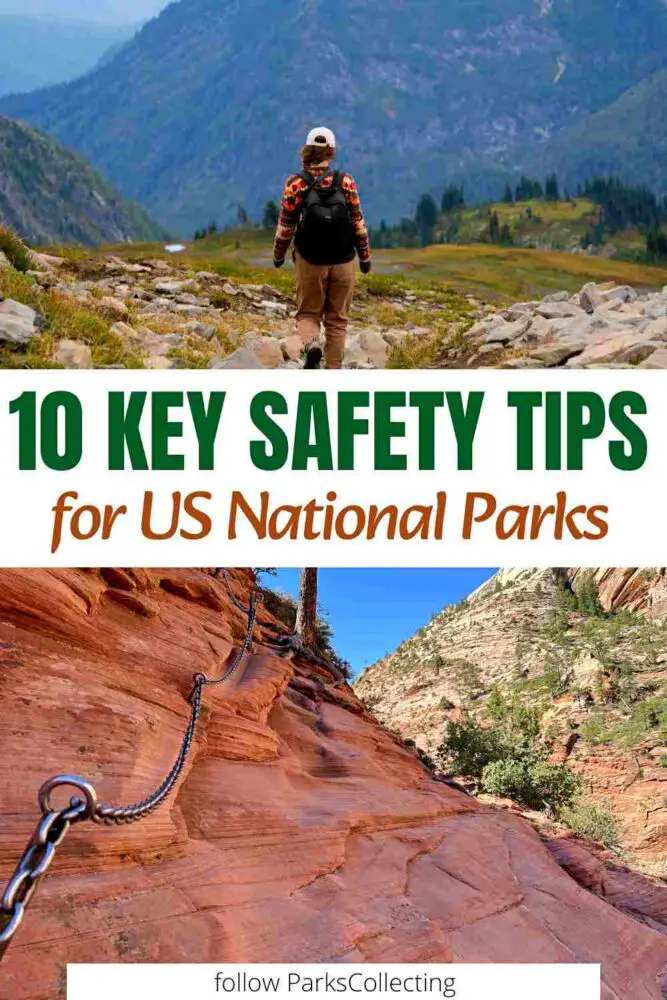
🛏️FIND A HOTEL: Search now
🚘FIND THE CHEAPEST CAR RENTAL: Search Discover Cars for the best deals
✈️FIND THE CHEAPEST FLIGHTS: Search Skyscanner for the best deals
🧳GET TRAVEL INSURANCE: Get insured with Travelex before you go
📱TAKE AN AUDIO TOUR: Buy an audio tour now
Subscribe to daily national parks planning tips, travel inspiration and trip ideas and I’ll send you a free PDF of this Guide:
10 Safety Tips for National Parks
Table of Contents
1. Pack Smart
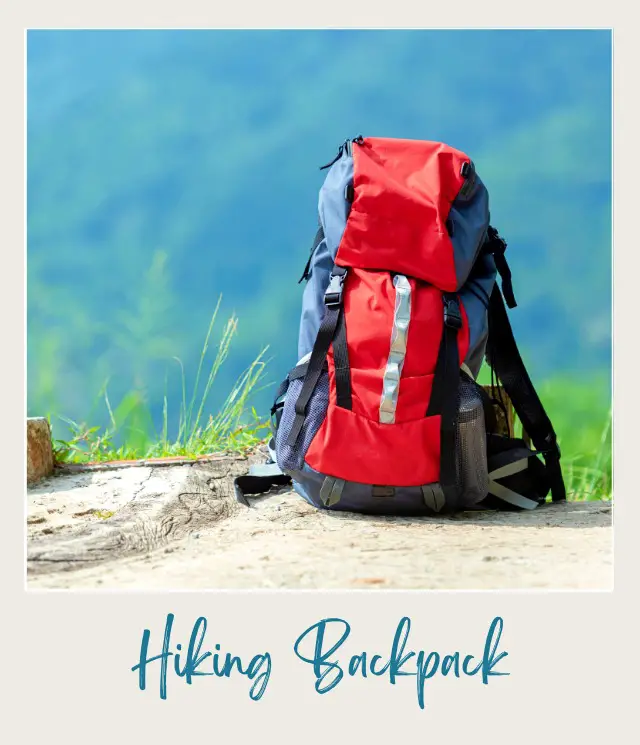
A safe park visit starts before you leave home.
Pack these essentials as a bare minimum: extra water (more than you think you’ll need), a first aid kit, a flashlight with spare batteries, maps (don’t count on cell service!), high-energy snacks, warm layers (even in summer), and an emergency shelter like a light tarp.
Also, consider a portable charger, because when your phone battery dies, you’d rather carry it than lose access to your GPS or emergency contacts.
➡️ Here’s a first aid kit if you need one.
2. Dress for Success
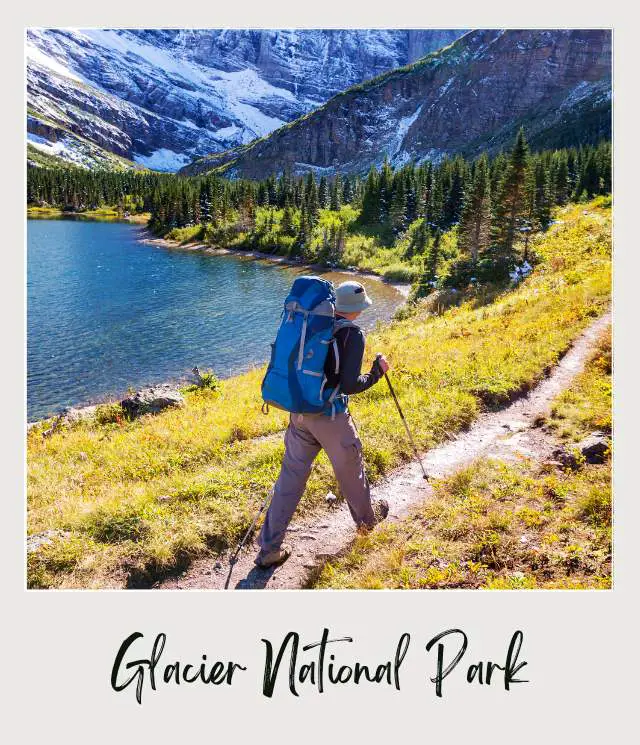
Ever worn sandals on a hike? I must confess to making this rookie mistake many years ago – and the blisters I got as a result were not fun!
Dressing appropriately for your park visit is essential. Poor clothing choices can lead to discomfort at best and dangerous situations at worst.
My main advice is to layer up – even in summer. Parks have microclimates that can shift quickly. From ominous rain clouds to scorching sun, be ready for the temperamental whims of nature.
Just last year it was sunny and hot when I hiked in Bryce Canyon in the morning. In the afternoon, a hailstorm blew in with no warning and I was suddenly sheltering under a tree and wading through inches of ice the size of marbles to get back to my car!
A hat, sturdy footwear, and breathable fabric are must-haves. I prefer long sleeved hiking shirts even in summer – it might seem counter-intuitive, but they are actually cooler because the sun isn’t burning your skin.
Also, and this almost goes without saying, wear proper shoes. In most situations, sturdy hiking boots are your best bet. But don’t buy some just before your trip. Buy them as soon as you book, and wear them on hikes in your local area to wear them in. That way, you won’t get blisters from new shoes on your vacation.
➡️ Read my Guide to the Best Hiking Boots & Shoes if you’re looking to buy some.
3. Know Your Limits
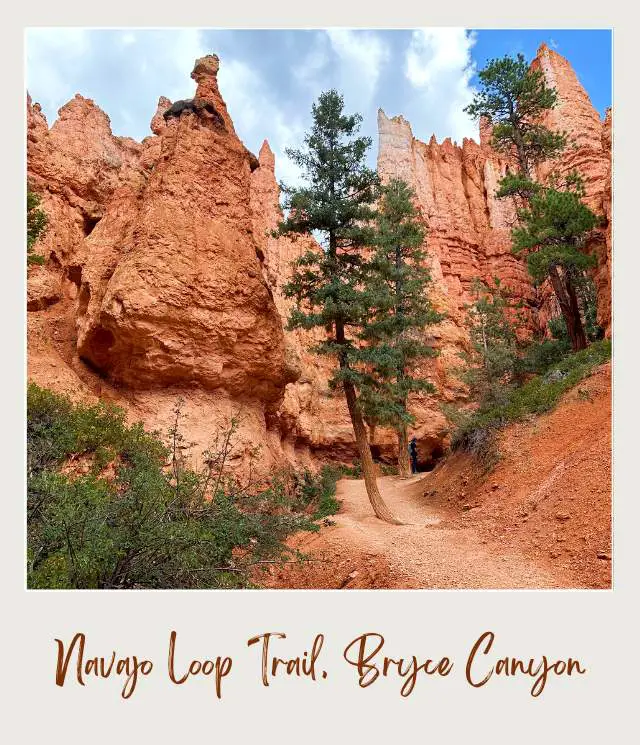
Know your limits and stick to them. If you’re new to hiking, start with shorter trails near visitor centers. There are plenty of easy trails in the national parks that are awesome.
Listen to your body and be honest about your fitness level. Don’t push yourself to keep up with others.
If you start to feel tired or sore, stop, rest (in the shade if possible), drink some water, and have a snack. Be aware of how much further you have to go. If it’s far or if you still aren’t feeling great, turn around. The views will still be there next time – and you’re on vacation to have a good time!
4. Stay Connected and Informed
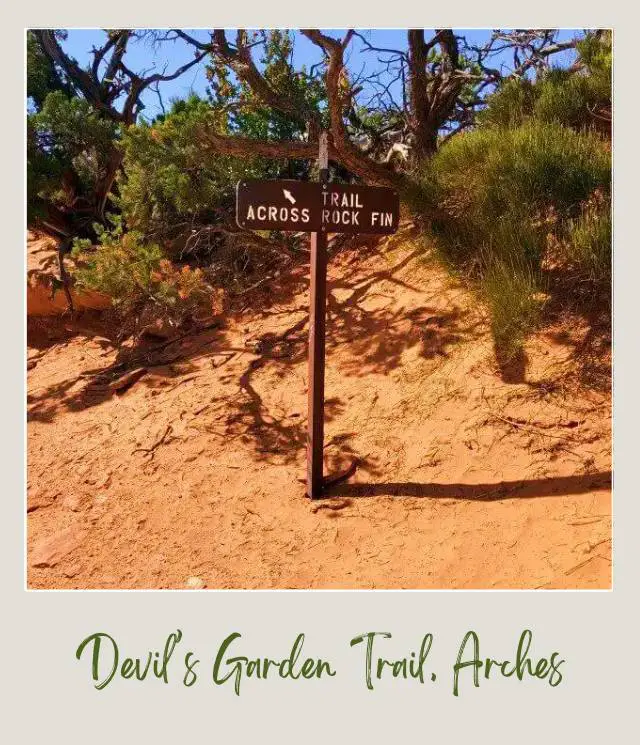
Before heading out, tell someone your plans and get a paper map from the visitor center.
Always check the weather forecast and park alerts before visiting – especially if there are special conditions like the possibility of flash floods.
Talk to rangers about current conditions, sign trail registers when available, and carry a whistle for emergencies.
5. Practice Wildlife Safety 101
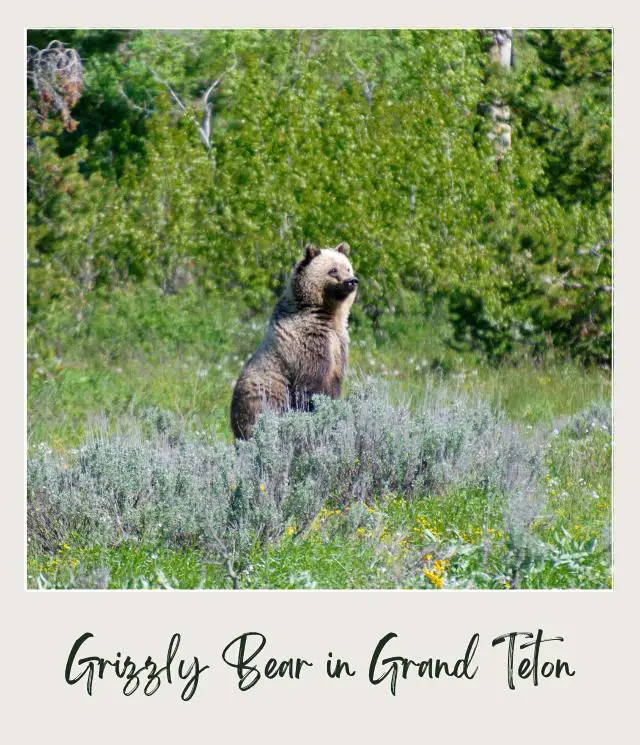
Always keep your distance from all animals—they’re wild, not Disney characters! I can’t tell you how many people I’ve seen risking their well-being by standing too close to a bison or elk. You can easily see videos on social media of people who learned the hard way that this is not a god idea.
Stay 100 yards from predators like bears and wolves, and keep 25 yards from all animals.
If you aren’t sure about these distances, an easy way to gauge is the “rule of thumb”. Hold your arm straight out and give the animal a thumbs up. If you can’t cover the animal in your line of sight, then you’re too close.
Never feed wildlife, store food properly, and make noise on trails to avoid surprise encounters. If you’re in bear country, carry bear spray and/ or a bear whistle with you.
➡️ Read my Wildlife Watching Tips for details
6. Demonstrate Weather Wisdom

Weather changes fast, so be ready for anything. Flash floods and sudden storms could transform your outdoor idyll into an emergency.
Always check weather conditions obsessively prior to your visit via reliable sources. Check in with rangers ate the Visitor Center or if you encounter them on the trails. Keep an eye on the weather and be prepared to adjust your plans if inclement weather blows in.
Start early to avoid afternoon storms, turn back if clouds look threatening, know lightning safety (get below the treeline), carry rain gear even on sunny days, and watch for flash flood dangers in canyons.
7. Be Trail Smart
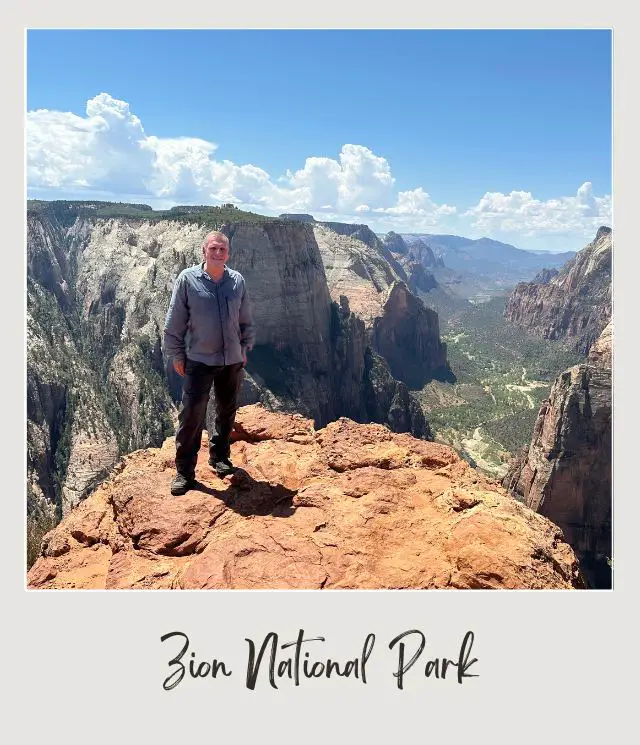
Most accidents happen when folks stray from marked paths. So, stay on designated trails, don’t take shortcuts on switchbacks, cross streams at marked points, keep kids close on steep sections, and take breaks before you’re tired.
8. Be Emergency Ready
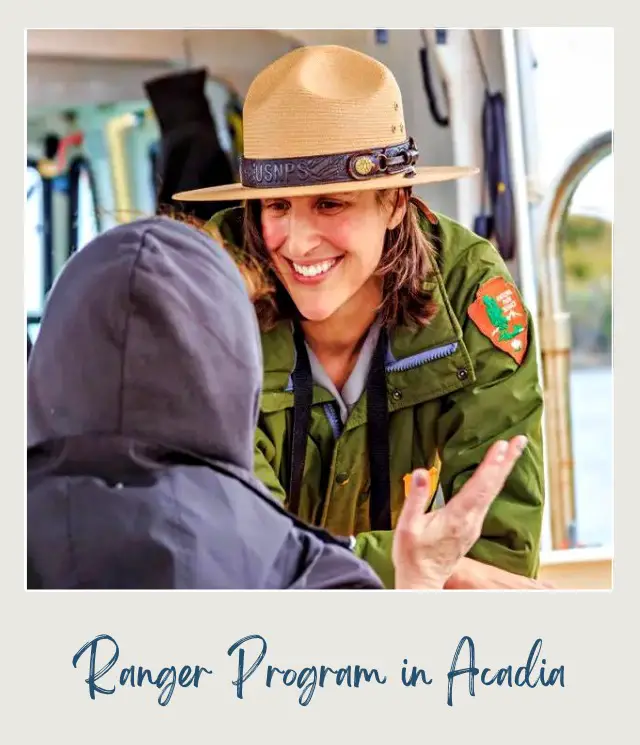
Hope for the best, plan for the worst. An emergency protocol should top any adventurous outing. Knowing what to do when things go south could prove invaluable. Familiarize yourself with numbers for park rangers, medical services, and nearest exits.
Know what to do if things go wrong. Bring emergency gear, carry a basic first aid kit, learn the universal distress signal (three of anything), keep emergency numbers handy, know how to shelter in place, and carry some form of water treatment.
Rangers manage hundreds of sites across the country, and most accidents happen when visitors rush, show off, or ignore basic safety rules. Take it slow, stay alert, and you’ll have amazing adventures in these incredible places!
what3words App
If you’re somewhere with cell service, there’s a cell phone app called what3words. It breaks the entire world into 10’x10′ squares and then assigns each square three words as a location identifier.
So, if you get into any kind of trouble, you can share the three words that identify your current location, and they will know exactly where to find you. Whether it’s you or someone you encounter, you can share the location’s words with rescue workers, so they know exactly where to go.
The one downside is that it does require cell service.
I’ve never used this myself, but a big thanks to Wendy in my Facebook group for sharing this safety tip with us.
9. Watch Out Near Water
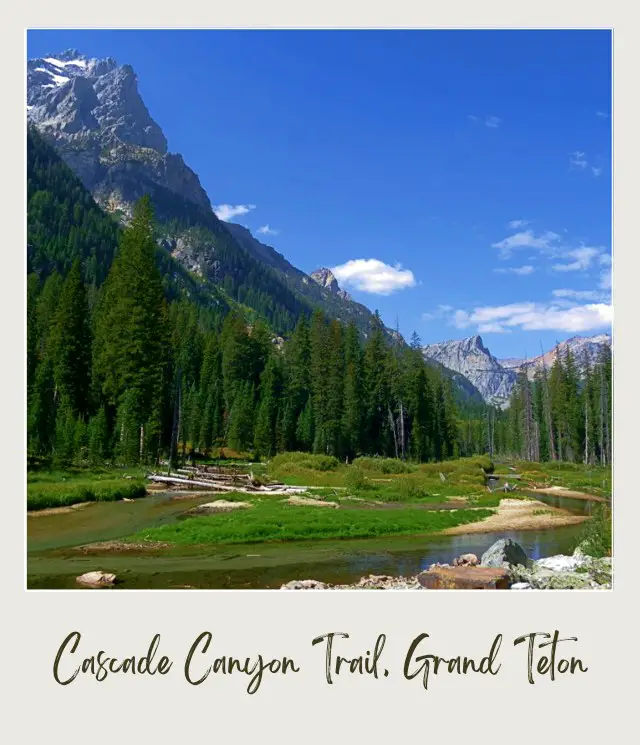
Bodies of water, whether it’s a serene lake or a rushing river, demand respect. Water is actually the cause of more incidents in national parks than heat or fire!
Swimming in unfamiliar waters can be deceptive and dangerous. Parks usually have designated areas for swimming or paddling. Stray beyond these signs, and you’re playing with risks that could easily replace relaxation with panic.
Stay vigilant with currents, depth, and unexpected wildlife. Better safe than sorry!
Enjoy the water’s beauty from a safe spot, and you’ll get home safely.
10. Prevent Wildfires with Fire Safety
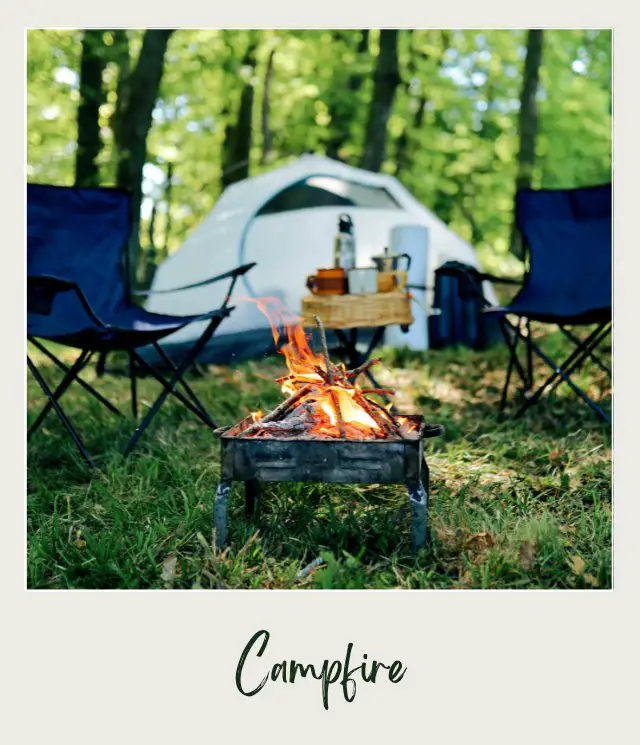
Campfires may top the checklist for a perfect camping experience, but they can be risky. It’s the quintessential example of ‘a little spark carries a big message.’
Always follow fire warnings, especially during dry seasons. National parks issue different alert levels depending on weather conditions and may ban all fires outright of the fire danger is too high. Even a small ember can cause a cascade of damage if left unchecked. So, check what the current level is and what that means for what is permissible and what isn’t.
Utilize established fire rings and extinguish campfires completely before leaving. In stricter zones, use a portable stove if you’re camping.
Final Thoughts on National Park Safety
The most dangerous aspect of any national park isn’t the wildlife or extreme terrain—it’s our own assumptions and lack of preparation. After exploring multiple parks and hearing countless ranger stories, I’ve learned that safety often comes down to simple choices: checking weather forecasts, carrying enough water, and knowing personal limits.
With proper planning, respect for nature, and a healthy dose of common sense, you can safely experience some of America’s most breathtaking landscapes.
Do you have any other safety tips for national parks? Join my private Facebook group National Parks Collectors and comment and let me know (you can also pick up extra planning tips, share your photos and stories with other national park lovers and more).
Subscribe to daily national parks planning tips, travel inspiration and trip ideas and I’ll send you a free PDF of this Guide:
10 Safety Tips for National Parks
If you liked this article, Pin It to your National Parks board!


💡 Are you just starting to think about taking a National Parks trip? Get Inspiration
‼️ Do you need tips and additional information? Read a selection of tips for visiting US national parks
💻 Are you starting to plan a trip to a national park? Read my free guides
📋 Do you need an itinerary? Buy a detailed itinerary for your park
💲 Are you ready to book your trip? Use these Planning and Booking Resources
📖 Do you want to read a book about US national parks? Check out my Recommended Reading Lists
About the Author
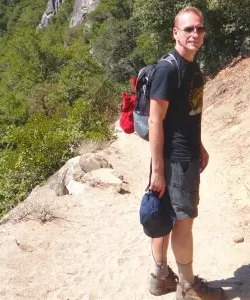
James Ian is a national park, camping and hiking expert.
He has dedicated his life to travel, visiting more than 80 countries, all 7 continents and most of the national parks in the United States. With over 35 years experience in the travel industry, James has worked on cruise ships, at resorts and hotels, and as a travel planner who’s helped hundreds of people plan successful trips to US national parks.
Based on his experience visiting our national parks multiple times, in-depth research and expertise as a travel planner, James has published detailed itineraries for many of the major national parks in the US. These itineraries, as well as in-depth park guides, and other resources will help you have your own incredible trip to US national parks without stress and hassle.
As a national park expert, James has contributed to many publications, including USA Today, Newsweek, Time Business News, Savoteur, Best Trip, and Wired.
I’m a member of the Amazon Services LLC Associates Program. As an Amazon Associate I earn from qualifying purchases.
